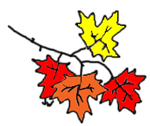 MAPLE
MAPLE
Type: Hardwood, Deciduous
Use: We tap maple trees for their sap to make maple syrup for breakfast pancakes! Maple syrup is made in Ontario and Quebec, but most of Canada’s maple syrup comes from Quebec.
Fun Facts: In autumn, maple leaves turn bright red, yellow, and orange. The hills are so pretty in the fall in Eastern Ontario and Northeast U.S. that lots of people drive around just to see them change colour. The maple tree is also the official tree for Canada! We love maples so much that we put a big maple leaf in the middle of our flag.
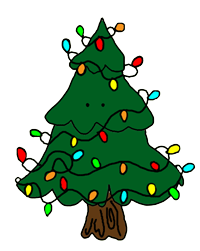 SPRUCE
SPRUCE
Type: Softwood, Coniferous.
Use: Spruces are often used to make paper because the wood is strong.
Fun Facts: They can be found all over Canada! They make really great Christmas trees – they’re actually the original Christmas tree. Some trees get to be hundreds of years old, but there’s one type of tree called the Norway Spruce, and scientists found one in 2004 that is over 9500 years old! That’s really old.
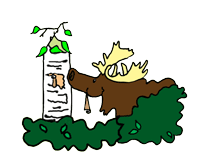 BIRCH
BIRCH
Type: Hardwood, Deciduous
Use: Birch wood makes for really pretty light-coloured furniture. The wood can also be used to make paper.
Fun Facts: Birches grow across Canada from British Columbia to New Brunswick. These trees don’t grow as tall or as old as pine trees, but they’re cool too. There’s a type of birch tree called the Paper Birch. It has this name because of the bark of the tree: the bark feels like paper when you touch it, and can come off in strips. Lots of animals like moose and deer like to eat the bark of the paper birch.
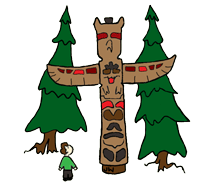 CEDAR
CEDAR
Type: Softwood, Coniferous
Use: Cedar wood is very hardy, so it’s a good wood to choose for making a patio or a vegetable garden box. Canoes and totem poles are often made from cedar wood. Cedar wood can also be used for making wardrobes and drawers – moths don’t like the smell of cedar, so they won’t come chew holes through your clothing!
Fun Facts: There are lots of cedars in British Columbia that are called Red Cedar for their pretty dark red bark. One really nice thing about cedar trees is the smell – the resin of some trees gives off a fresh spicy odor that can last for a long time even after a tree is cut down.
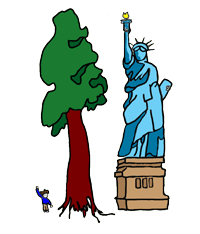 GIANT SEQUOIA
GIANT SEQUOIA
Type: Softwood, Coniferous
Use: Unfortunately Giant Sequoia trees are not too easy to find. They mostly stick to a part of California called the Sierra Nevada, and the number of Sequoias out there is slowly decreasing. So, we don’t use the wood of the sequoias for anything but to take cool photos!
Fun Facts: Sequoias are the tallest trees in the world – in a forest in California, these trees can get to be 300 feet high – that’s as tall as a 22-story building, or the Statue of Liberty! Sequoias also really old – the oldest one recorded is 3,500 years old. That would be a lot of rings to count! Like the Arbutus, the Sequoia likes a wildfire every once in a while to enrich the soil and help it grow.
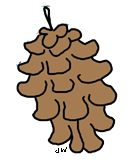 PINE
PINE
Type: Softwood, Coniferous
Use: Pine wood makes good furniture because the wood is sturdy and lasts for a long time, and the trees grow pretty quickly.
Fun Facts: One very rare type of pine, the Great Basin Bristlecone pine, can live for a long time – the oldest one we know of is 4,840 years old!! The bark is usually thick and scaly, and the leaves are usually pointy needles. The best thing about pine trees – pinecones! Although we use pinecones a lot to make fun crafts, or maybe decorate a Christmas tree, pinecones are very important in the forest for spreading seeds to grow new pine trees, and for feeding birds and squirrels.
